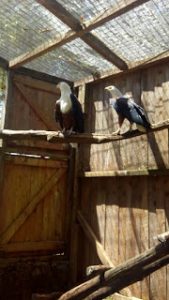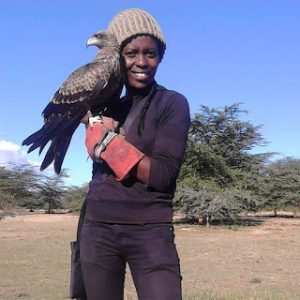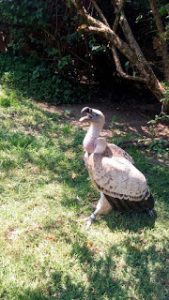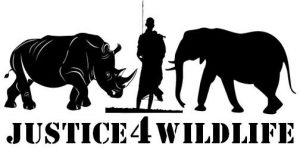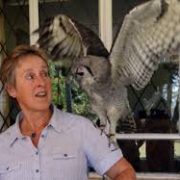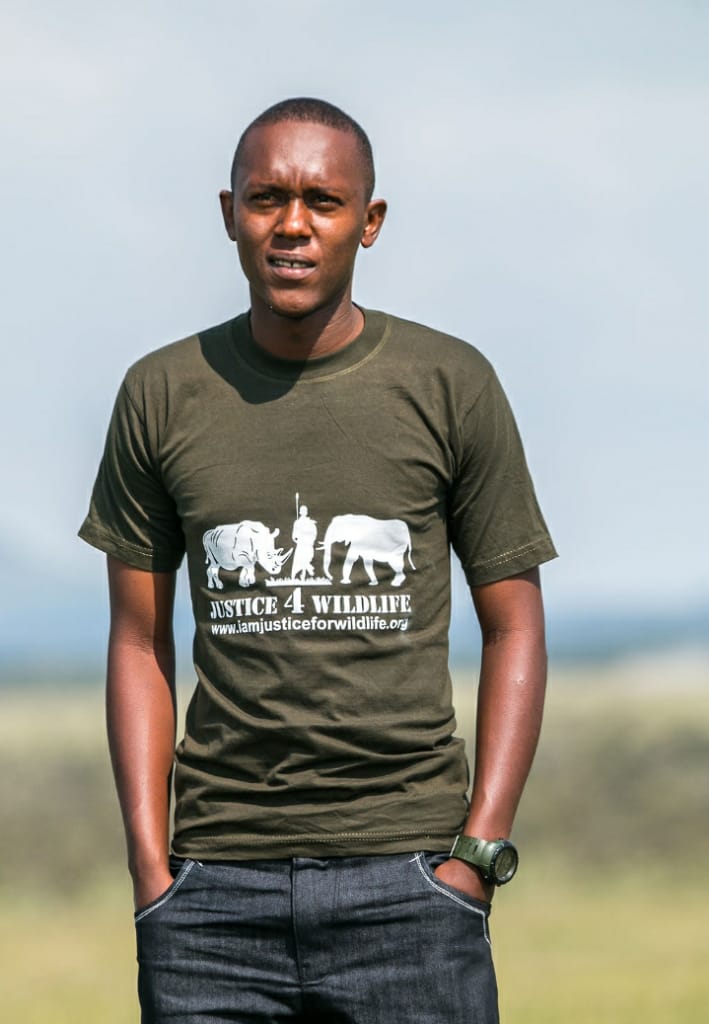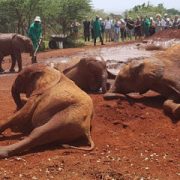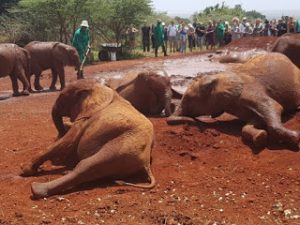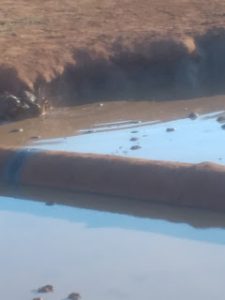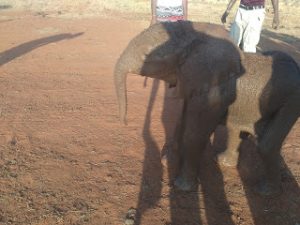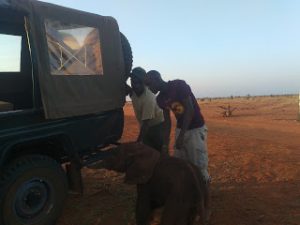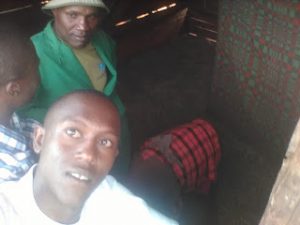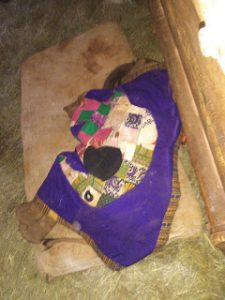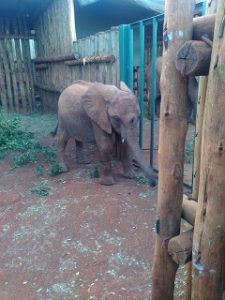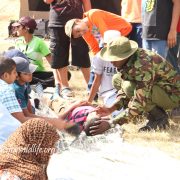
When it comes to selecting a camping site, ensure its a safe location: no dead logs hanging above, it’s not on a valley, and not too close to a river
Bushcraft is the name we give a collection of skills that all involve thriving in the wilderness. These set of skills are essential and I strongly believe we ought to all have them at our fingertips, I was recently watching the movie series ” I shouldn’t be alive” which reminded me of the numerous life-threatening incidences I went through and persevered at KWS Law enforcement Academy a while back at the Tsavo wilderness, the training by Asher and Munai at KWSTI was quite handy, the two day solo nights spending 48 hours all alone among buffaloes and Hyena at Hells gate survival with my comrades at UOE seemed like it was torture but I really got to learn a lot. imagine this you’re lost in the wilderness, definitely, no network coverage so don’t even think of calling anyone, you’re in the middle of a vast area with minimal supplies.
I always feel privileged whenever asked to pass this skills to the young generation. There’s no better place to learn about survival skills than out in the wild
This is where your natural instincts come handy, but if you’re not aware of your environment it’s of no help to you, a group of 60 university students went for a hike at the Aberdare forest back in October 2016 where three of the students and a guide got lost in the dense forest, lets put ourselves in their shoes and see how long we can survive before the search and rescue team finds us.
First things first what’s this SURVIVAL all about let’s start by understanding the basics
S -Size Up the Situation
Remember, security takes priority. Use your senses of hearing, smell, and sight to get a feel for the situation at hand.
Size Up Your Surroundings
Every environment, whether forest, jungle, or desert, has a rhythm or pattern. This rhythm or pattern includes animal and bird noises and movements and insect sounds.
Size Up Your Physical Condition
Check your wounds and give yourself first aid. Take care to prevent further bodily harm. For instance, in any climate, drink plenty of water to prevent dehydration. If you are in a cold or wet climate, put on additional clothing to prevent hypothermia.
Size Up Your Equipment
Perhaps in the heat of a long trek, you lost or damaged some of your equipment. Check to see what equipment you have and what condition it is in.
Now that you have sized up your situation, surroundings, physical condition, and equipment, you are ready to make your survival plan. In doing so, keep in mind your basic physical needs:
1. Water.
2. Food.
3. Shelter.
U -Use All Your Senses, Undue Haste Makes Waste
You may make a wrong move when you react quickly without thinking or planning. That move may result in your death. Use all your senses to evaluate the situation. Note sounds and smells. Be sensitive to temperature changes. Be observant.
R -Remember Where You Are
Spot your location on your map and relate it to the surrounding terrain. If there are other persons with you, make sure they also know their location. Always know who in your group. If something happens to them, you will have to get the map and compass from him/her. Pay close attention to where you are and to where you are going. Do not rely on others in the group to keep track of the route. Constantly orient yourself. Always try to determine, as a minimum, how your location relates to
The location of local water sources (especially important in the dry area’s desert).
Areas that will provide good cover and concealment.
This information will allow you to make intelligent decisions when you are in a survival and evasion situation.
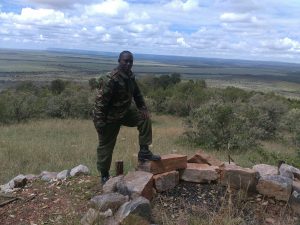
You cannot afford to panic while lost in the wild
V -Vanquish Fear and Panic (keep calm)
The greatest enemies in a survival and evasion situation are fear and panic. If uncontrolled, they can destroy your ability to make an intelligent decision. They may cause you to react to your feelings and imagination rather than to your situation self-confidence will enable you to vanquish fear and panic.
I -Improvise
We have items available for all our needs. Many of these items are cheap to replace when damaged. Our easy come, easy go, easy-to-replace culture makes it unnecessary for us to improvise. This inexperience in improvisation can be an enemy in a survival situation. Learn to improvise. Take a tool designed for a specific purpose and see how many other uses you can make of it.
Learn to use natural objects around you for different needs. An example is using a rock for a hammer. No matter how complete a survival kit you have with you, it will run out or wear out after a while. Your imagination must take over when your kit wears out.
V -Value Living
All of us were born kicking and fighting to live, but we have become used to the soft life:
1. We have become creatures of comfort. We dislike inconveniences and discomforts.
2. What happens when we are faced with a survival situation with its stresses, inconveniences, and discomforts?
3. This is when the will to live- placing a high value on living-is vital.
4. The experience and knowledge you have gained through life and your training will have a bearing on your will to live.
5. Stubbornness, a refusal to give in to problems and obstacles that face you, will give you the mental and physical strength to endure.
A -Act Like the Natives
The natives and animals of a region have adapted to their environment: we are in the wild so get acclimatized don’t, for crying out loud we are believed to have evolved from primates switch to that mode.
Animal life in the area can also give you clues on how to survive. Animals also require food, water, and shelter. By watching them, you can find sources of water and food.
Animal life in the area can also give you clues on how to survive. Animals also require food, water, and shelter. By watching them, you can find sources of water and food.
| WARNING
Animals cannot serve as an absolute guide to what you can eat and drink. Many animals eat plants that are toxic to humans. |
L -Live by Your Wits, But for Now, Learn Basic Skills
Without training in basic skills for surviving, your chances of living through a survival and evasion situation are slight.
The Psychology of survival in the Wilderness
It takes much more than the knowledge and skills to build shelters, get food, make fires, and travel without the aid of standard navigational devices to live successfully through a survival situation.
A key ingredient in any survival situation is the:
1- The mental attitude of the individual(s) involved.
2- Having survival skills is important.
3- Having the will to survive is essential.
4-Without a desk to survive, acquired skills serve little purpose and invaluable knowledge goes to waste.
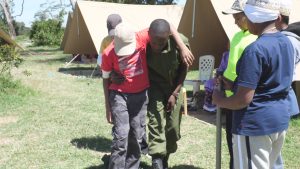
Take action, be quick to assist a casualty
- There is a psychology to survival. A person in a survival environment faces many stresses that ultimately impact on his mind.
- These stresses can produce thoughts and emotions that, if poorly understood, can transform a confident, well-trained person into an indecisive, ineffective individual with questionable ability to survive.
- Thus, every person must be aware of and be able to recognize those stresses commonly associated with survival.
- The psychology of survival will identify and explains the nature of stress, the stresses of survival, and those internal reactions survivor will naturally experience when faced with the stresses of a real-world survival situation.
Animal psychology
How do animals behave and how we can relate to them so that we least bother them is important. Some ground rules include:
1) This is the natural home of animals. There interests and safety comes first.
2) Animals do not have the natural ability to think beyond their immediate environment, so do not expect them to make any rational decisions.
3) You are not the first choice of animal food(keep this in mind at all times), to a large extent they will keep away from you.
4) However when an animal feels cornered even if it’s a rat the animal can be very dangerous.
5) Mothers have a natural instinct to protect their offspring’s. Be extra wary with any lactating animal.
6) The onus is on you to avoid conflict with the wild animals. Making sure you pass unnoticed, or you alert the animals before you get to them can do this.
7) Take a non-aggressive pause and most animals will leave you alone.
8) The lone buffalo is still considered the most dangerous animal in the bush.
9) Do not get between a hippo and water, you will not believe what damage it can do.
Positive Aspects of Animal Behaviour
Some positive aspects of animals that we can all benefit from include:
1) Animals such as the baboon alerts one about prowlers in the night.
This makes them a safe group of animals to stay near especially in the night if caught up alone. Baboons also are extra cautious about the presence of crocodile and will alert you about this danger.
2) Some animals and birds operate near water ie. the African fish eagle, Egyptian goose, their sight indicates the presence of water.
3) Presences of some animals ie jackals and vultures circulating the skies can indicate the presence of carnivores or a kill hence need to be cautious.
4) The croaking of frogs suggests the presence of water. But its also an indicator that snakes are not very common.
5) An abundance of rats or mice is also an indicator that snakes may not be around.
A large group of herbivores scattering could mean that they are being hunted down or have been spooked.
Diarrhoea (a very common setback)
This is a common debilitating ailment that may be caused by such things as a change of water and food. Drinking contaminated water, eating spoiled food, becoming fatigued and using dirty dishes. You can avoid most of these causes by practising preventive medicine. If you get diarrhoea, however, and do no have anti-diarrhoea medicine with you. You may find one of the following treatments effective:
- Limit your intake to fluid for 24 hours.
- Drink 1 cup of strong tea every 2 hours until diarrhoea stops. The tannic acid in the tea helps to control diarrhoea. (This can be helpful at home, don’t get too used to meds)
- Tannic acid is also found in the bark of hardwood trees. Can be extricated from these trees by boiling bark for two hours and drinking the solution cold.
- Make s solution of one handful of charcoal and treated water. Take 2 tablespoons of the solution every two hours until diarrhoea stops.
Intestinal Parasites
- You can always avoid worm infestations and other intestinal parasites if you take preventive measures. For example, never go barefoot.
- The most effective way to prevent intestinal parasites is to avoid uncooked meat and raw vegetables contaminated by raw sewage or human waste used as a fertilizer. • The following are home remedies you could use:
- Saltwater. Dissolve 4 tablespoons of salt in 1 liter of water and drink. Do not repeat this treatment. • Tobacco. Eat 1 to 1.5 cigarettes. The nicotine in the cigarette will kill or stun the worms long enough for your system to pass them. If the infestation is severe, repeat the treatment in 24 to 48 hours, but no sooner.
- Kerosene. Drink 2 tablespoons of kerosene but no more. If necessary, you can repeat this treatment in 24 to 48 hours. Be careful not to inhale the fumes. They may cause lung irritation.
- Hotpeppers. Peppers are effective only if they are a steady part of your diet. You can eat them raw or put them in soups or rice and meat dishes. They create an environment that is prohibitive to parasitic attachment.
Bees and wasps.
- If you get bitten or stung, do not scratch the bite as it may become infected.
- If you are stung by a bee or wasp. Immediately remove the stinger and venom sac if attached by scraping with fingernails or a knife blade.
- Wash the sting site thoroughly and apply an ice-park. If you find ticks attached to your body, cover them with a substance such as Vaseline. This will cause the tick to release its hold and you can remove it. Wash your hands after touching the tick since infective fluids from it can cause disease.
- Other pests whose bites or stings can be dangerous are spiders, centipedes, scorpions, and ants. A few spiders have venomous bites that may be as painful as a wasp’s sting. A centipede’s sting is like a wasp. A scorpion’s sting can make you sick or kill you, depending on the species. Biting ants can cause a lot of discomforts and serious allergic reactions in some people. To treat a spiders or scorpions bite, clean the wounds extremely well and try to remove the toxin by suction or by squeezing the bite site. Treat the bite as you would an open wound.
Snakebite.
A bite wound, regardless of the type of animals that inflict it, can become infected with the bacteria in the animal’s mouth. With non-venomous as well as venomous snakebites, this local infection is responsible for a large part of the residual damage that results. Excited, hysterical, and panicky reactions can speed up the circulatory system, causing the body to absorb the toxin quickly. Before being treated for snakebite, you should determine if the bite was made by a venomous or non-venomous snake, you should be able to clearly describe the snake from its size, scale patterns, and head shape ( just so you know, all snakes bite) whether venomous or not it’s their defence strategy so before you start panicking thinking you’re about to die in the next 5 minutes remember you’re not in its food chain.
- Fang punctures at the site generally indicate a venomous snake, especially if one or more of the following accompanies this: Pain at the site of the bite, Swelling at the site of the bite within a few minutes to hours. Paralysis, weakness. Twitching and numbness.
If you suspect you have been bitten by a snake do the following;
- Lie down with head slightly higher than the rest of the body. Make an incision no deeper than the two layers of the skin.
- Remove toxin as soon as possible by using a mechanical suction device or squeezing.
- Clean the bite site and hands extremely well.
- Drink small amounts of fluids preferably water.
- Don’t move around because activity makes the blood circulate faster thereby speeding up the spread of the venom.
- Do not use your mouth to suck out the venom
Get medical attention as soon as possible
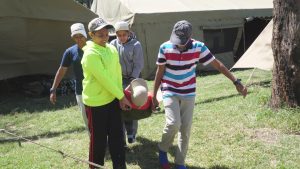
Improvise be creative to help save a life
All that said let’s resume back to surviving in the wilderness, how about we come up with an inventory of our to-do list.
- The sun will always rise and set from the East to the West (whether you’re lost or not)
- Use your shadow to tell where you are going to and heading from.
- Always keep warm, your feet should be dry at all times.
- Have a fire on at night.
- The location and size of your shadow will help you tell the time.
- Stop from time to time to look for landmarks so that you don’t end up walking in circles.
- If you’re in a group you need to delegate duties among yourselves: food, water, firewood etc
- Be alert at all times.
- Walk in a single file if you’re in a group, especially in a forest.
- Come up with signs and signals
- Personal hygiene should never be compromised.
- In the event you have a casualty, don’t leave anyone behind.
- Be your brother’s keeper
Feel free to chip in, let’s make the list as long as we can, please post your experiences and how you survived

